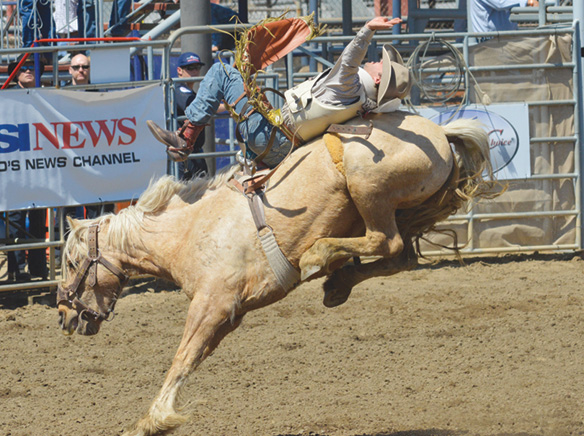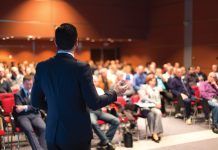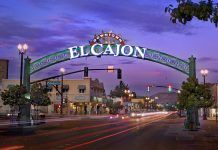Horses have always been an important part in Lakeside history. Before the automobile they were the means of transportation, obtaining materials from San Diego and for hauling produce and farm fresh food to market. In Lakeside’s heyday, when the train made six to eight trips a day, the horse drawn wagons arrived at the depot to transport supplies to area farms. Passengers from town would disembark in Lakeside and taken by stagecoach or wagon to Ramona, Santa Isabel and Julian.
Horses have always been an important part in Lakeside history. Before the automobile they were the means of transportation, obtaining materials from San Diego and for hauling produce and farm fresh food to market. In Lakeside’s heyday, when the train made six to eight trips a day, the horse drawn wagons arrived at the depot to transport supplies to area farms. Passengers from town would disembark in Lakeside and taken by stagecoach or wagon to Ramona, Santa Isabel and Julian.
Games on horseback and rodeos have been a part of Lakeside since the early days of the Spanish Dons.
In digging through the Lakeside Historical Society’s archives, in the 1920s when the controversy over who owned Lindo Lake Park was settled in court, winning citizens decided to celebrate by having a local rodeo. Bill Kuhner organized the first rodeo held on the property south of Lindo Lake. There was a wooden grandstand left over from the days of car racing around Lindo Lake. A circle of cars behind a high wire fence surrounded the open field. Livestock was secured from several ranches and chutes and wires rented. Events included calf roping, steer riding, bronco riding, trick riding and cow pony races for men and women, potato race, a Roman chariot racing exhibition and a thoroughbred race.
In 1933 the Lakeside Rodeo Association was formed and the arena was moved to Channel Road (approximately where Cafe 67 at Mapleview Rd is located) and a new grandstand was built along with chutes and fences. In 1935 the Lakeside Rodeo Association incorporated and became affiliated with the Rodeo Association of America so that the official scoring would count toward determining the world’s Champion Cowboy. Four rodeos were held that year.
Tom La Madrid of Lakeside and his San Diego partners purchased the formerly leased rodeo grounds for $5,000 in 1946. Seating capacity was increased to 6,000. It became famous as one of the best arenas and racetracks in the country. Two steel pipe fences around the arena enabled the Association to hold horse races and rodeo events simultaneously. Floodlights for nighttime shows were added and jalopy car races as well.
In 1958 demolition of the rodeo grounds began. The grandstand, fences and walls were torn down and Lakeside’s Rodeo might have become past history were it not for the organization of the Lakeside Stadium Association, which in 1967, brought rodeos back a fund raiser to build a new football stadium for El Capitan High School.
Several Lakeside organizations jumped on the Western Days theme and created events to add to the western fun, some of which are the Optimist Club’s BBQ Dinner and the Historical Society’s Country Breakfast and of course our local cowgirls vie for the coveted title of Lakeside Rodeo Queen, with a chance to go on to the National Rodeo Queen competition.
The Lakeside Parade was first organized in 1947 as “Days of the 49ers.” The purpose was to raise funds to build a new War Memorial Building (VFW) near Lindo Lake Park. This parade has evolved into the Western Days Parade held the same spring weekend as the Lakeside Rodeo It is sponsored by our own Chamber of Commerce and brings a lot of tourists and business to our community.














